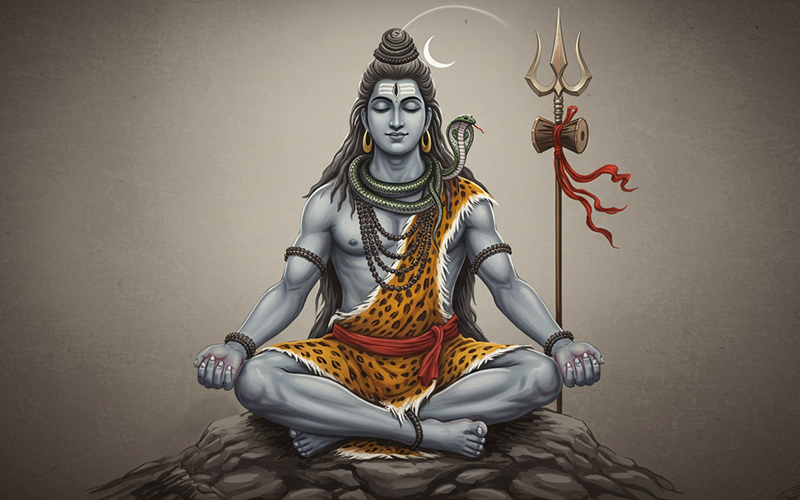Physical Address
Empirical System, 105 First Floor Pitru Krupa, Opp. R.K. Desai College, Koparli Road, Vapi (Gujarat) 396 191
Physical Address
Empirical System, 105 First Floor Pitru Krupa, Opp. R.K. Desai College, Koparli Road, Vapi (Gujarat) 396 191

Greetings, fellow seekers on the path of divine wisdom! It’s wonderful to welcome you back to the “Vibes of Divinity” blog, where we continue our exploration of sacred sounds, a journey that beautifully complements the epic tales and Puranic insights we share on our YouTube channel.
Having explored the foundational Om, the illuminating Gayatri, and the obstacle-removing Ganesha mantra, we now turn our hearts and minds towards the Mahadeva, the Great God, Lord Shiva, with one of His most profound mantras: Om Namah Shivaya.
The Mantra Itself:
Unveiling the Meaning of the Panchakshara:
“Om Namah Shivaya” translates simply to “Om, Salutations to Shiva,” or “I bow to Shiva.” Shiva means “The Auspicious One,” “The Benevolent One,” or “The Pure One.” While the literal meaning is straightforward, the vibrational essence and philosophical depth are immense.
Let’s look at the core syllables (Panchakshara – Na Ma Śi Vā Ya):
When chanted with Om, the mantra connects the individual soul (Ya) through the Lord’s grace (Va) to the ultimate reality of Shiva (Shi), transcending worldly impurities (Ma) and grounding in the fundamental (Na). It represents the five elements and the journey of the soul towards liberation.
Lord Shiva: The Auspicious Transformer & Ultimate Reality
Lord Shiva, one of the principal deities of the Hindu Trinity, is a complex and fascinating figure. He is:
The Puranas, which we often explore on our “Vibes of Divinity” YouTube channel, are rich with stories of Lord Shiva’s divine plays (leelas), His marriage to Parvati, His role in cosmic events, and His interactions with gods, demons, and devotees, all revealing different facets of His magnificent being.
Benefits of Chanting “Om Namah Shivaya”:
When and How to Chant:
An Invitation to Transformative Grace:
“Om Namah Shivaya” is a call to the highest consciousness, a prayer for purification, and an affirmation of our own divine potential. It’s a journey into the heart of stillness and the embrace of transformative grace.
We invite you to experience the profound vibrations of this sacred mantra. Let it resonate within you and open you to the auspicious presence of Lord Shiva.
What does Lord Shiva or this mantra mean to you? We’d love for you to share your reflections in the comments below!
It’s a joy to share these sacred tools for spiritual growth with you here on the blog. And remember, for more immersive stories from our rich spiritual heritage, do visit our YouTube channel, “Vibes of Divinity.”
Until our next mantra, may your path be blessed.